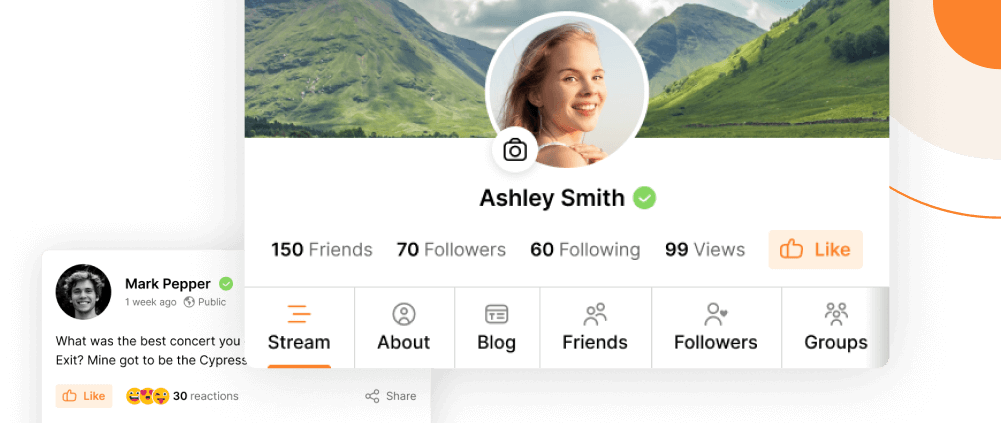When it hit the internet in 2011, Pottermore was near revolutionary. It was interactive fan fiction, written and sanctioned by the author herself; taking the world of the books outward in an “official” capacity, rather than allowing fans to extrapolate freely where they could see open doors and unfinished threads.
The major drawcard of the site was (the aforementioned) new content from JK Rowling, giving greater insight into characters, events and objects from the books. Fans of the books could be sorted into a house by a “real” Sorting Hat quiz, rather than relying on fan-made ones to determine whether they were more Gryffindor or Ravenclaw. The site promoted itself as a safe haven for young Potter fans, requiring parental consent for users under 13 and ensuring no personal information was given through a user’s profile.
The social networking aspects of the site didn’t become fully realised until July 2013, when new features allowed users to comment on every section of the website (from JK Rowling’s original content, to the interactive pages devoted to each chapter of the books), chat with other members of their house, submit fan art and post status updates. Once established, the comments section became a place for fans to interact as themselves, or as role players (pretending to be Hogwarts students).
Despite taking multiple precautions to ensure a safe, G-rated site (for example, banning the use of numbers – so people couldn’t share phone numbers – and certain words, introducing a reporting function), some role players integrated sexual references into their roleplay (“unicorning” being the euphemism of choice). Other role players would describe the injuries sustained from duels in graphic detail. People began to use nicknames (placed at the end of their posts), rather than just their randomly generated usernames, for ease of identification.
In April 2015, the social networking features of Pottermore were pulled. The Pottermore team said that they felt these features weren’t serving the community, and they were unable to effectively monitor comments, statues and comments as user activity increased. The sudden loss of these features was met with dismay by many users, who had no way to contact the friends they’d made on the site and enjoyed interacting with on a daily basis.
This may look like a case study of the pitfalls of social networking more generally, but I’d argue that it makes a better case for why smaller, independently governed social networks tend to be more successful for niche interest groups – particularly fandoms. Bringing the entire Potter fandom together in a single space without roping off sections for role play, chapter discussions etc (ie, having everyone in the same place) was always going to cause problems – if people are in a space (or a sub-space) where they understand and agree with the rules, you’re less likely to be overwhelmed by reports from users who aren’t okay with what’s happening around them. It’s an important reminder of why you have to inherently understand (and accept) the ins and outs of a community and how they behave and interact online before opening up a space directed at them. What happened here was predictable (fandom being fandom); and yet, the closure was still credited to user activity getting beyond what the Pottermore team could manage.
The fan social networks which have succeeded tend to be segmented, or directed at a particular niche; MuggleNet is an excellent example, with different areas available for different kinds of discussion (they’re so successful, in fact, that they make thousands of dollars in advertising revenue each year). If you’re thinking of creating your own, fandom-based social network, it’s worth investing in software that will allow you to add features as your community evolves, and build it in a way that works *with* fan culture, rather than trying to restrain it.



Reactions & comments
Comments